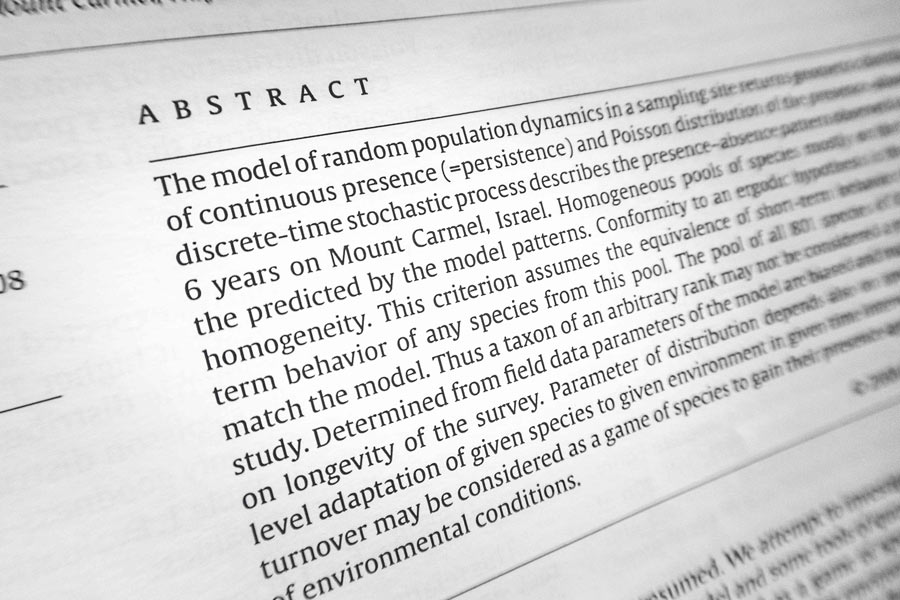

In your own words, write a one paragraph response to this question: What makes a good abstract?
Research is an integral part of higher education in any specialty. Therefore, it is very important for us to understand what parts it consists of and, in particular, how to write them correctly. According to SPS (n.d.), you can get a glance at the research and a brief overview of what it is about when you read its abstract. Usually, the abstract is the first thing that the examiners look at when they make their initial judgment.
To write a good abstract, you need to include 7 elements in it (Perry et al, 2003, p.658). First of all, you need to give the reader an idea of what your paper is about – therefore, in the first sentence you should set the theme. After that, you should include the main purpose of the research. Then, you need to explain why this study is important and what methodology you used. After that, you should summarize the main findings and what contribution your research makes. Finally, if it is possible to imply those findings in practice, you should also mention it in your abstract.
So, what does a good abstract look like? It must be one well-written concise paragraph that includes all the important information about your paper. Therefore, if your research doesn’t include some data, you should not add it to your abstract. Usually, there is no referencing in abstracts. The language used in the abstract is similar to the one of the original research paper, however, it is often a bit simplified. Finally, the abstract needs to cover all of the 7 elements described above.
References
SPS. (n.d.). What makes a good abstract? Retrieved from https://sps.utm.my/wp-content/uploads/2016/07/What-makes-a-Good-Abstract.pdf
Perry, C., Carson, D. & Gilmore, A. (2003). Joining a conversation: Writing for EJM’s editors, reviewers and readers required planning, care and persistence. European Journal of Marketing, 37(5/6): 625-557.
